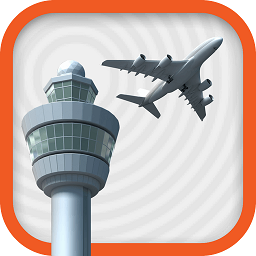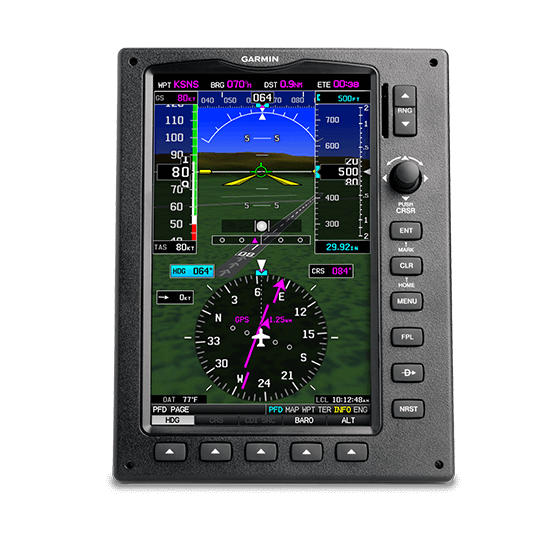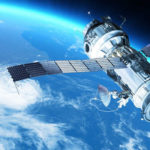How air traffic control helps in communication, navigation and surveillance of the aircrafts?
How air traffic control helps in communication, navigation and surveillance of the aircrafts?
The infrastructure of air traffic management is constituted by communication, navigation and surveillance of aircrafts.
Communication: Communication refers to the exchange of voice and data in between pilot and air traffic controllers. Communication is done through high frequency, very high frequency and ultra high frequency systems and through communication satellites.
The function of air traffic controllers is to direct the aircrafts which are on the ground and also which are in controlled airspace. It also provides advisory services to aircrafts which are in non-controlled airspace.
ATC prevents aircraft collisions and organizes aircraft traffic. ATC monitors the aircraft through radars and communications are made with pilots with the help of radio.
Navigation: Navigation of aircraft means plan, record and control the movement of aircrafts from accurate and reliable determination of position. Navigation of aircraft is done through visual flight rules and instrument flight rules. In visual flight rules aircraft navigation is made by visual observations and dead reckoning using maps. Dead reckoning is the calculation of current position from previous determined position, and using speed, heading direction and time.
Instrument flight rules: Instrument flight rule uses instruments and radio navigation aids like beacons. Navigations aids like distance measuring equipment (DME), very high frequency omni-directional range(VOR), non-directional beacon (NDB) and global positioning system (GPS) and Global navigation satellite system (GNSS) are used.
Inertial navigation system uses computer, sensors like accelerometers and gyroscopes to calculate position, orientation and velocity of aircraft. Inertial guidance system is now also combined with satellite navigation systems.
Surveillance: Aircraft surveillance system is divided into two types, a dependent surveillance and an independent surveillance. In dependent surveillance or a cooperative system, the position of the aircraft is determined from on-board navigation equipment and then conveyed by the pilot to air traffic control through voice reporting.
Secondary surveillance radar on the ground communicates with transponders on the aircraft to find the position and other details of the aircraft. Position of aircraft can also be determined through global navigation satellite system (GNSS).
Automatic dependent surveillance – Broadcast(ADS-B) determines aircraft position from satellite navigation and other sensors and broadcasts periodically to the air traffic control ground stations. Other aircrafts can also receive the information (from ADS-B) which can be used for awareness and self-separation.
 Automatic Dependent Surveillance - Broadcast
Automatic Dependent Surveillance - Broadcast
Independent surveillance or non-cooperative systems uses instruments on the ground such as primary surveillance radar or secondary surveillance radar measures range and azimuth of the aircraft from ground station by transmitting pulses of radio waves which then reflects off from the aircraft’s hull.






